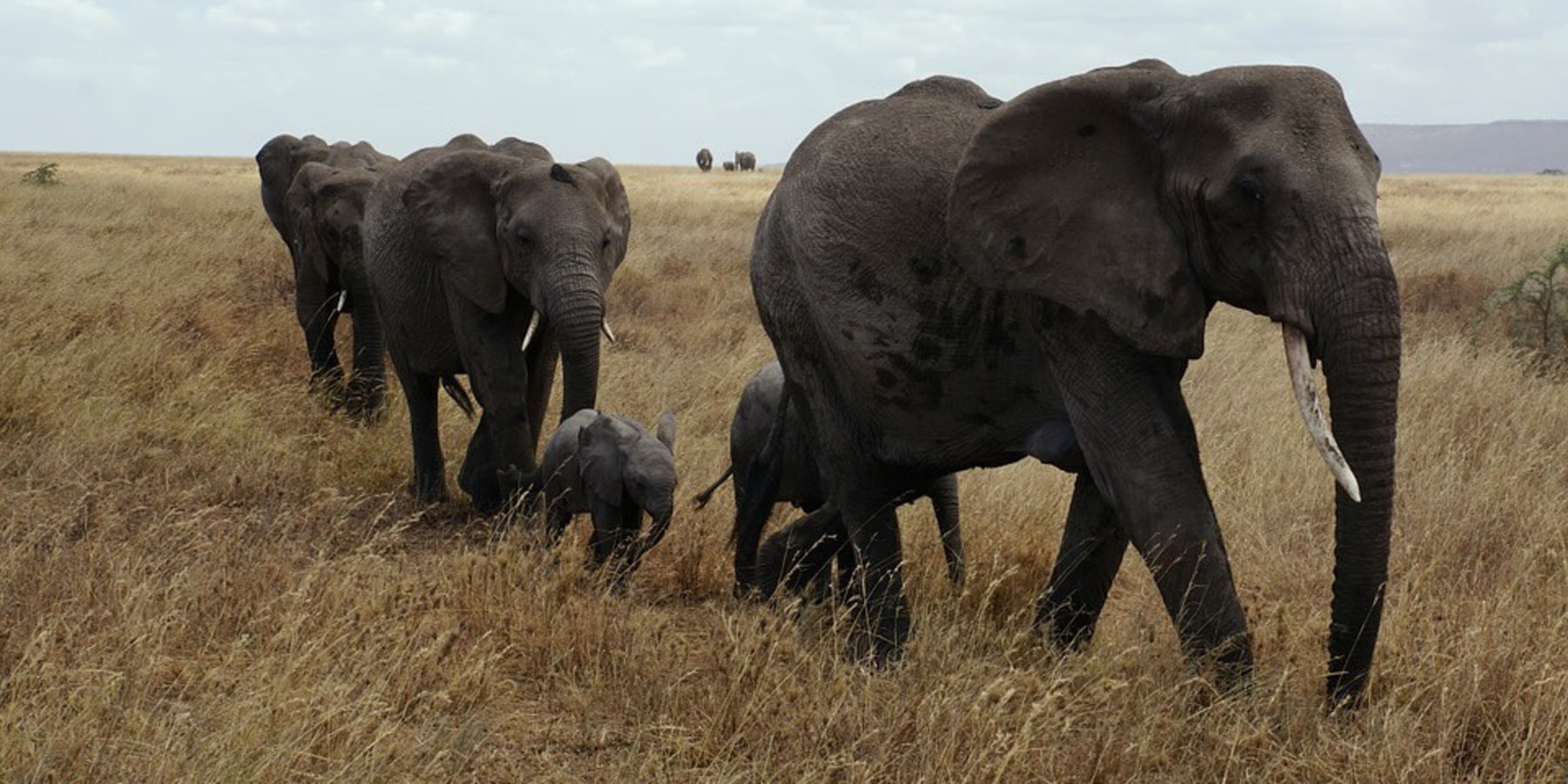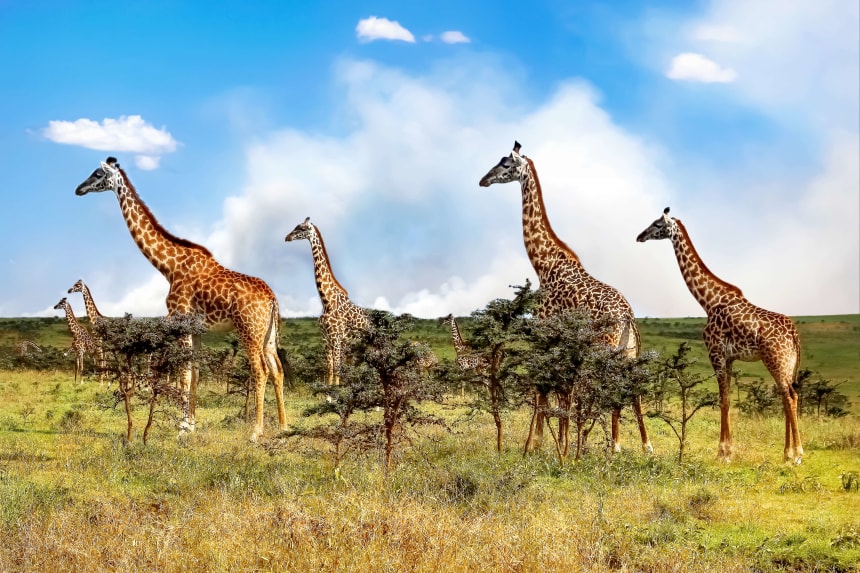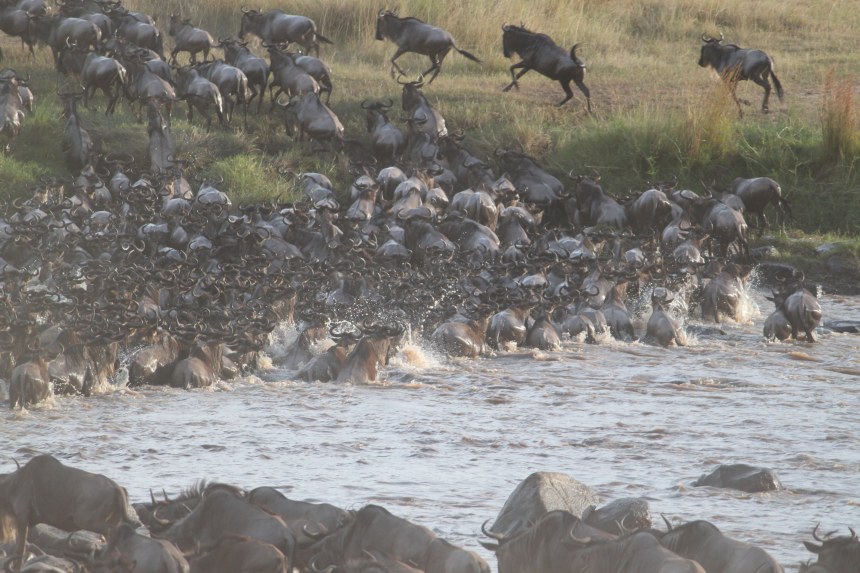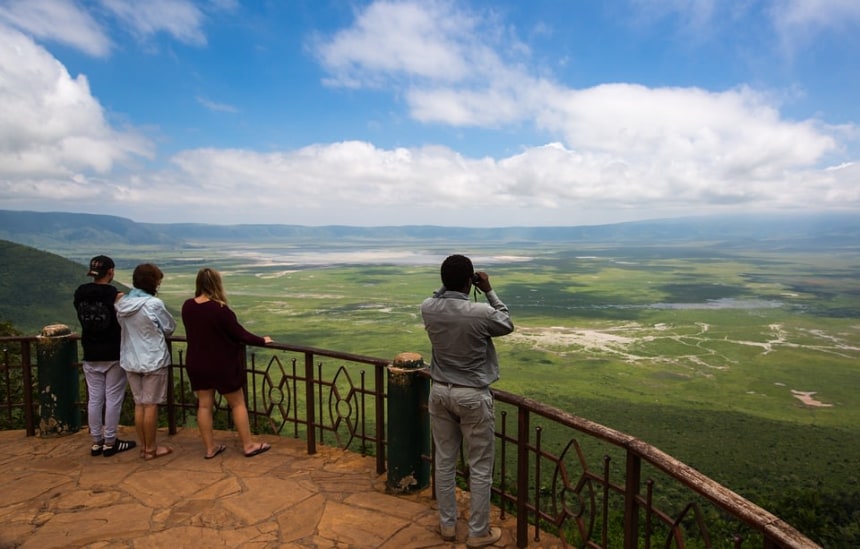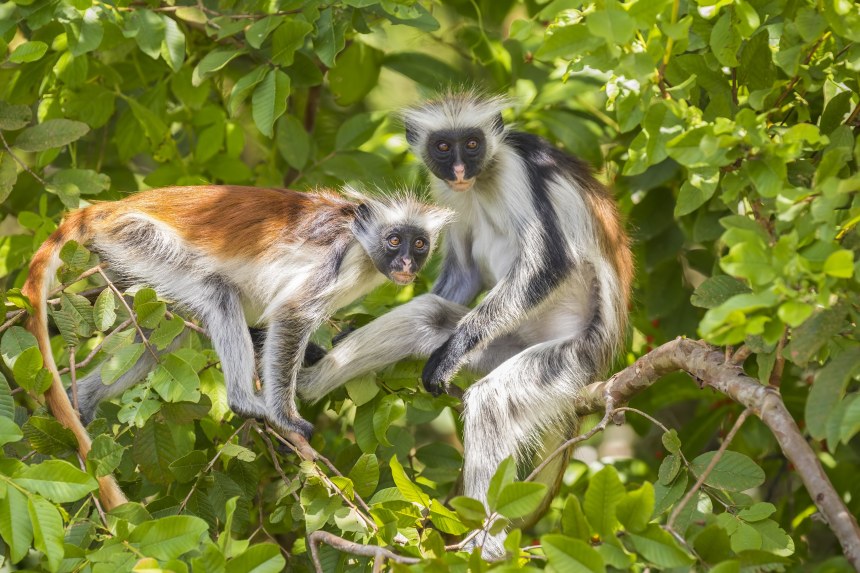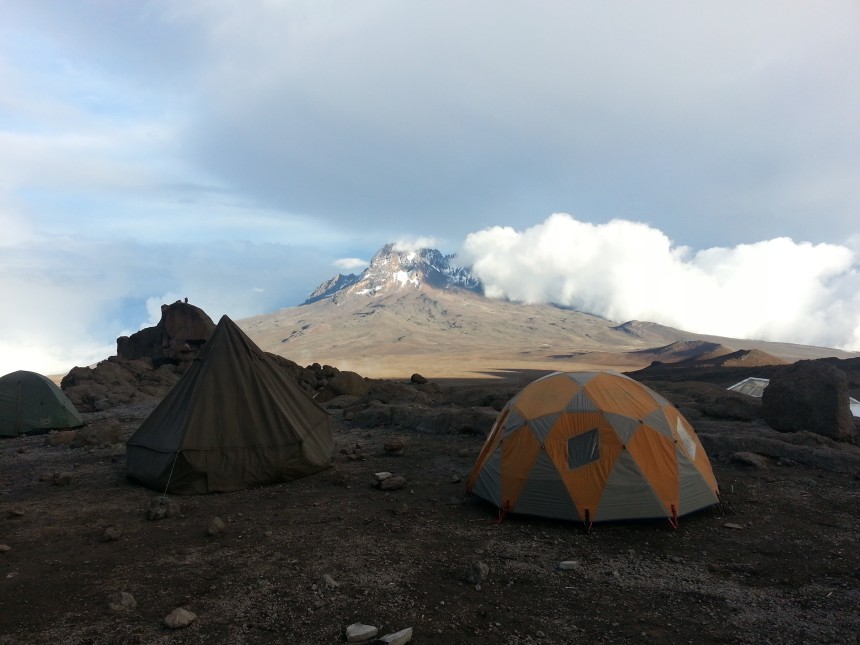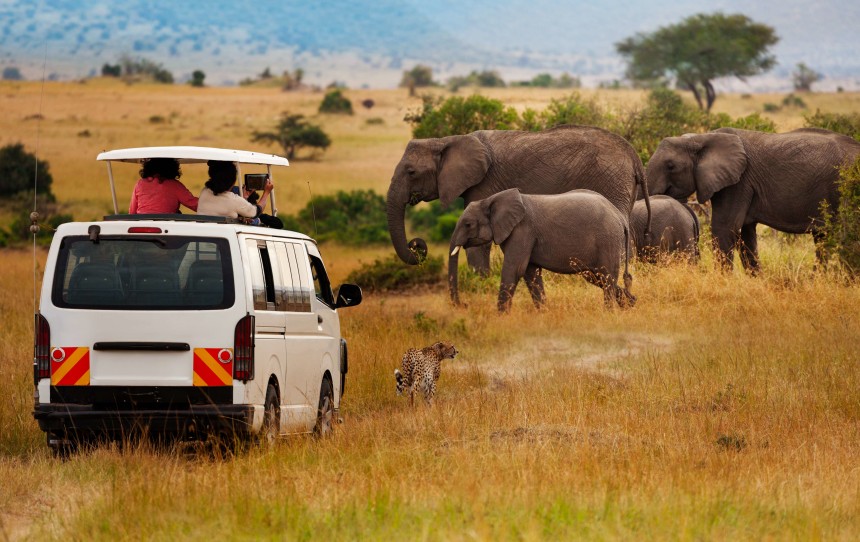| 6 mins read
By Oliver Lynch
Planning to go on a wildlife safari? Then you probably know that Tanzania has some world-class options. From the savannah of the Serengeti to the stunning diversity of the Ngorongoro crater, a safari tour in Tanzania will be a thrilling adventure no matter where or when you go.
There are optimum times to visit specific areas and get the most out of your Tanzania Safari. Each part of the year brings its own benefits, but the peak season is between June and October when most of the country is dry. If you want to witness ‘The Great Migration’ when millions of zebra and wildebeest make their annual trek across the plains, July/August would be the ideal time to start your holiday in Tanzania.
Here are the best places to head to for the best safari experiences on a wildlife tour in Tanzania.
Serengeti National Park
When planning a Serengeti Safari, not only do you have an extensive choice of tourist guides, but also a host of activities to indulge in, besides the obligatory game drives. The landscape of the Serengeti National Park is diverse, with plains, woodlands, and river sprawling across 14,750 km. This means that picking a particular part of the park can come with its own rewards.
Moru Kopjes is an area in the central Serengeti where many rock formations rise from the grassland, with watering holes aplenty for the animals. Leopards and lions are often spotted in the area, as well as the increasingly rare black rhino. While the Western Serengeti around the Grumeti River is one of the top places to spot crocodiles and hippos. This is also an excellent place to watch the Great
Migration around May/June.
If you’re doing a multi-stop safari, then a visit to Olduvai Gorge is a fascinating stop between the Serengeti and Ngorongoro. The gorge is where ancient human remains were discovered and is an important site in the understanding of evolution. There is also a small but fascinating museum here. As part of a full Tanzanian guided tour experience, you can also choose to visit Masai villages in the area, which offer an insight into the traditional lifestyle of the local tribes.
Ngorongoro Conservation Area
Technically, a part of the Serengeti area, the Ngorongoro Crater is a must-visit for its relatively small size and density of animals. If you want to do a quick private tour of a safari hotspot, this vast caldera of an extinct volcano is probably the best place to visit in Tanzania.
At around 260 sq. Km, Ngorongoro is Africa in a microcosm with almost every major species occupying its vast grounds. Notable absentees are giraffes, as the crater rim is difficult for them to descend. However, lions, leopards, elephants, buffaloes and wildebeest are well represented here.
Mount Kilimanjaro
The spectacular Mount Kilimanjaro is the highest freestanding mountain in the world, that is, it isn’t part of a mountain range. If you’re flying into the country from Europe or Western Asia, you’ll probably pass it during the flight. No matter how you first see it, it is an impressive sight to remember.
Kilimanjaro National Park is a diverse safari destination, with the plains making way to the rainforest and later, to mountain terrain. Animals found in the area include pangolin, aardvarks, and bush babies (all nocturnal) as well as the ubiquitous giraffe and zebra. In the rainforest, you’ll also find colobus monkeys, blue monkeys, and a staggering array of flora. The area is vast and is subject to weather changes including mist and rain; if you’re looking at exploring the area on foot, it is highly advisable to use the services of a proper tour guide.
If you’re planning on hiking up Kilimanjaro to the Uhuru Peak, be warned that it is illegal to do so without a local tour guide. An ascent of the mountain will require some preparation and payment of park access fees; expect to pay at the very least US$ 3000 to climb Mount Kilimanjaro with a professional mountaineering guide. If you want the spectacular view without the strenuous effort, you’ll find private planes for hire, which will take you for a ride around the area offering incredible views of the mountain and the park.
How Long To Spend On Safari
A safari tour should be a leisurely experience, and ideally, you’ll spend around 3 days on a game drive. A one-day safari is also possible, although it will probably leave you wanting more! The most popular Tanzanian travel itinerary includes a multicentre safari tour – for example, spending a day or two in the Serengeti and then moving on to Ngorongoro, followed by Masai Mara, Lake Manyara etc. In this case, a day or two in each destination would be sufficient. However, this does mean more time on the road and less on safari. Combine your safari with a luxury holiday, and you wouldn’t mind the travel time. Choose from the many lodges and camps, that are available within the parks; make sure to coordinate bookings with your tour guide in advance for a guaranteed accommodation.
It is ideal to seek the services of an experienced local guide before heading on to your Tanzanian Safari Holiday. A private guide will typically know the best places to spot the animals and can track them for you. Arusha is the main pick-up point for most safari tours, as well as trekking tours to Kilimanjaro. The city is adjacent to Lake Manyara National Park, and a short drive to the Ngorongoro Crater and nearby parks.
Tanzanian Safaris are experiences to be explored at your own pace. But, no matter what your interests and budget are, any one of the popular wildlife parks and nature reserves in the African paradise can leave you with unforgettable travel memories. Don’t forget to relax at the beaches and check out the unique culture of Tanzanian towns and villages after your safari holiday.
Oliver Lynch is a London based writer who travels as often as possible, usually for some kind of crazy adventure like exploring a jungle or going snowboarding. He edits GoneTravelling.co.uk, an online travel magazine.

